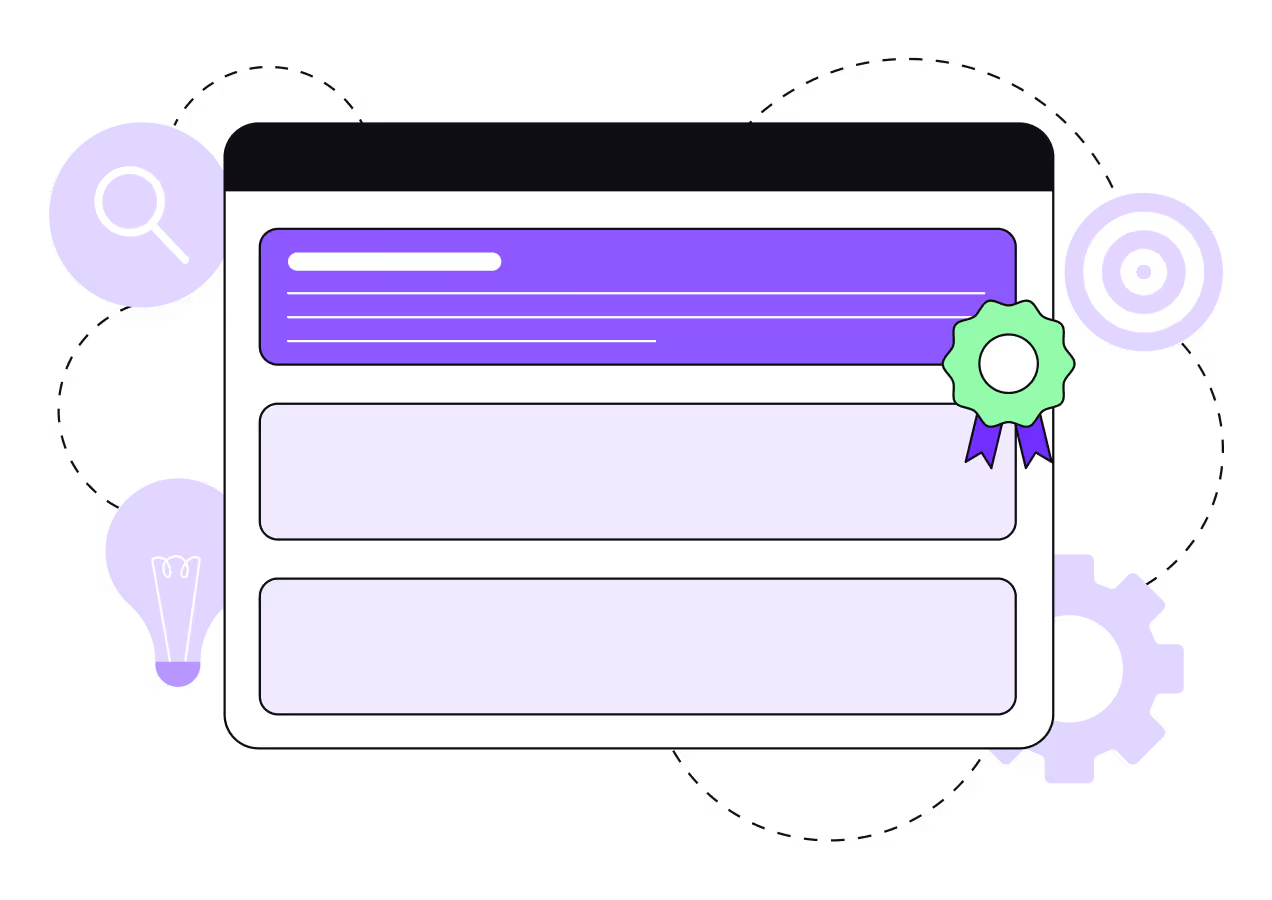Bridging the Gap: Why You Need a Writer Who Speaks Both Technical and Marketing
In most companies, technical writing and marketing writing live in two different worlds, sometimes on entirely different planets. The marketing writer works with the marketing department on creating pre-sales materials that introduces the company and its offerings to prospective clients. The technical writer works with the R&D and Product departments on post-sales materials that strive to on-board users and support them in their journey throughout the product.
Technical Writing vs. Marketing Writing: Two Different Mindsets
These are two distinct disciplines designed to address different stages in the user’s journey.
- A technical writer is trained to explain how things work, clearly, accurately, and without unnecessary embellishment. The goal is to guide the user through a product, API, or system without confusion.
- A marketing writer (or copywriter), on the other hand, is focused on why it matters. They craft messaging that connects with emotions, highlights benefits, and drives action.
Both roles require strong writing skills—but the mindset, goals, and even the language are completely different.
These Worlds Actually Overlap in Many Ways
In reality these “distant worlds” overlap in many cases. Every documentation includes abstract texts, the intro section of the user guide, a list of features, the intro paragraph in the section describing how to use a feature, change log items, release notes, and many more. Writing these parts well usually requires more than just a “dry” factual description, but rather an engaging explanation that resonates with the reader and connects it to the benefits that can be achieved from the product or from the feature.
And let’s not forget that in many cases prospects that want to go beyond the marketing materials will check out the documentation as part of their assessment of the product. In many cases they enroll in a trial period, in which they use the product and its documentation before deciding on the purchase. So your documentation inadvertently becomes part of the pre-sales marketing collateral.
The problem is that many technical writers hate these parts. It demands a persuasive, benefit-driven style that doesn’t come naturally to them. It requires them to connect to the same language used in marketing materials, whether it's the terms used in marketing, and sometimes even the naming conventions used throughout the product.
Marketing Writers Need to Also Align Themselves With Their Technical Audience
On the flip side, marketing writers are tasked with creating marketing content for a very technical target audience, such as developers, CISOs, engineers, etc. Here, the challenge is different. Many copywriters aren’t equipped with the deep technical knowledge or the product understanding that a technical writer has.
They shouldn’t write as if they were the ones reading the content. They shouldn’t explain things that are trivial to their audience just because they feel they need this explanation. Instead, they should align themselves with the audience and figure out what would an engineer write to a fellow engineer (but if the engineer was also a marketing writer of course). What needs to be explained and what not, which terminology is used, and more.
To be fair, experienced tech copywriters do develop a better grasp of technical language over time. But it takes years.
Why You Need a Writer Who Can Do Both
What you need is a writer who understands the technology like a technical writer, but can communicate its value like a marketing writer.
Why is this so important? Because it bridges the gap between two critical parts of your company:
- The business and marketing side
- The product and R&D side
And trust me you’d be surprised how often these sides are disconnected. When we provide both technical writing and marketing writing for the same company, I often find myself explaining to the R&D person that actually the messaging has changed and we are not using this terminology or calling this feature as before. In some cases this disconnect can result in the use of internal names in customer-facing documentation. We’ve all experienced this to some degree.
The Benefits of Blending Both Disciplines
- When technical writers adopt a marketing mindset for intros and overviews, you get documentation that’s not just informative but aligned with your brand’s messaging and value propositions.
- When marketing writers truly understand your product’s technical depth, they can cut through generic fluff and speak directly to engineers, developers, and IT decision-makers in a language they trust.
In both cases, your content becomes more consistent, more credible, and more effective across every touchpoint, from the homepage to the help center.
Looking for a partner who speaks both tech and marketing? That’s exactly what we do. Let’s talk.



